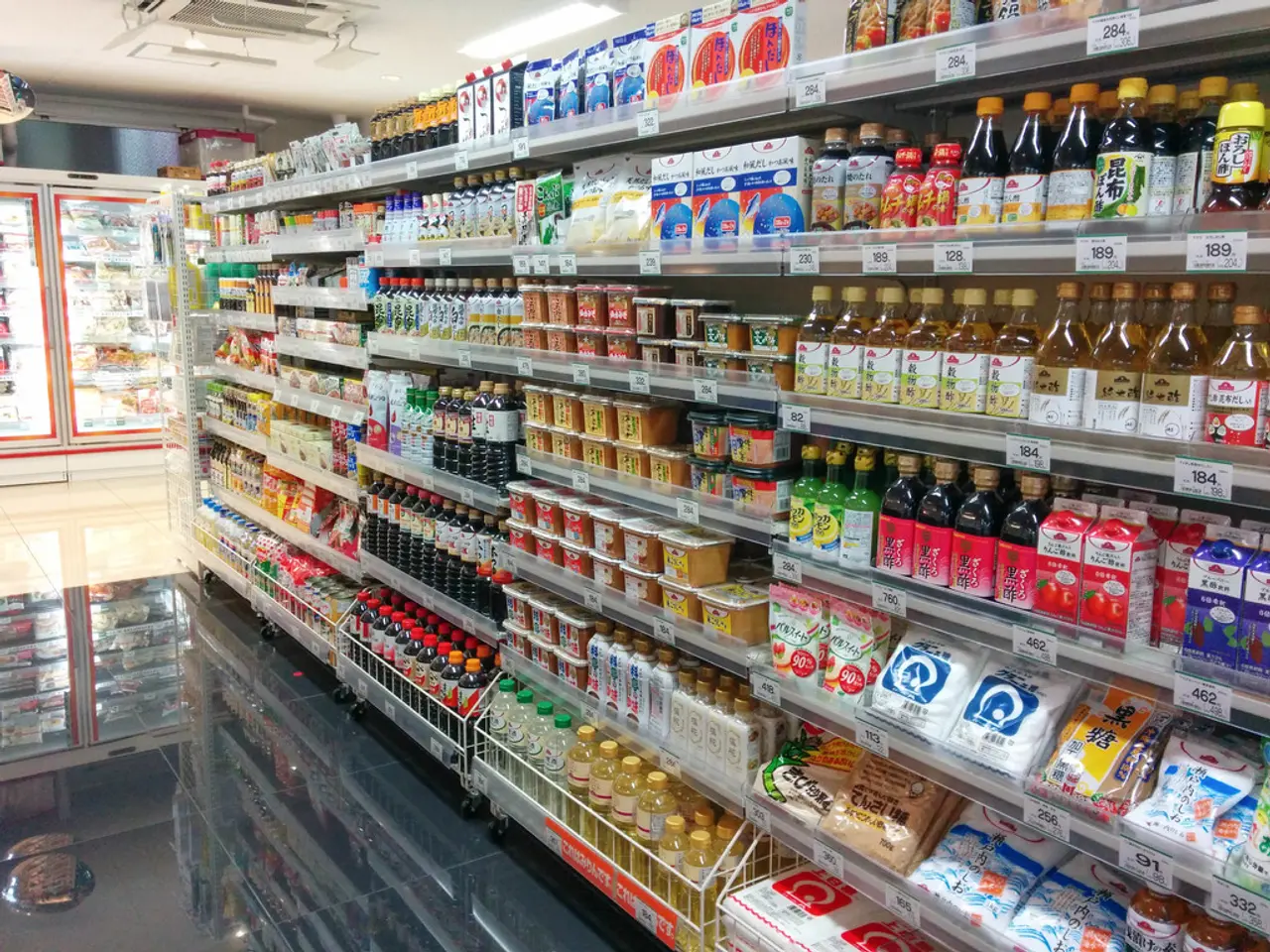Comparing Data Lakes and Data Fabric: Use Cases to Assist in Your Decision Making Process
In today's data-driven world, businesses are increasingly turning to advanced data management solutions to gain a competitive edge. Two such technologies, data lakes and data fabrics, are playing pivotal roles in this transformation.
A data lake, at its core, is a centralized repository that stores large amounts of raw data generated and collected by a company, in any format—structured, semi-structured, or unstructured. Nestlé USA, for instance, integrated its structured and unstructured data from over ten sources into a data lake, creating a robust foundation for its AI and ML initiatives. This setup is well-suited for data science, big data processing, machine learning experimentation, and prototyping new workflows. However, it's essential to note that data lakes require strong governance and metadata management to avoid becoming disorganized "data swamps."
On the other hand, a data fabric is a more sophisticated technology layer that provides unified data access, integration, and governance across distributed and heterogeneous data environments. It's designed to create a seamless, automated, and interoperable data landscape that supports cross-domain analytics, real-time insights, and hybrid data architectures. By integrating data across clouds, on-premise, and multiple sources with automation and metadata-driven controls, data fabrics help enterprises break down data silos.
| Aspect | Data Lake | Data Fabric | |-----------------------|------------------------------------------------|-------------------------------------------------| | Core Function | Centralized raw data storage | Integrated unified data access and governance | | Data Types | Raw: structured, semi-structured, unstructured | All types, integrated from multiple domains | | Use Cases | Data science, ML training, big data processing | Cross-domain analytics, real-time unified views | | Storage | Centralized, low-cost cloud object storage | Centralized or distributed with integration | | Governance | Often weak unless enhanced with tools | Strong, metadata-driven, automated | | Complexity | Lower (storage focus) | Higher (integration & automation focus) | | Typical Users | Data scientists, ML engineers | Data engineers, analytics teams, business users | | Costs | Storage costs can be high due to large volumes | Lower operational costs via automation |
Data fabrics are proving instrumental in various industries. For example, Heritage Grocers Group, an American food retailer, implemented a data fabric complemented by an AI data analytics framework to gather and analyze point-of-sale data across 115 grocery stores. This integration has helped them anticipate future consumer needs, meet varying consumer demand, and provide better customer service.
Similarly, Centrica, a UK-based supplier of gas and electricity, stores billions of rows of data across disparate systems and implemented a data fabric for unified analytics and reporting. This move significantly accelerated insight generation and decision-making for Centrica.
In conclusion, data lakes offer a scalable foundation for storing raw data cheaply and flexibly, ideal for exploratory and large-scale data processing. However, they may struggle with governance and integration. In contrast, data fabrics focus on unifying and automating data access and governance across diverse sources and domains, facilitating more consistent, timely, and collaborative data use across the enterprise. Organizations often leverage data fabric solutions on top of or alongside data lakes to maximize business value and reduce data silos.
- The integration of structured and unstructured data from various sources into a data lake, as demonstrated by Nestlé USA, is essential for leveraging AI and ML initiatives effectively.
- Data fabrics offer a more sophisticated layer for unified data access, integration, and governance, helping enterprises break down data silos across clouds, on-premise, and multiple sources.
- In order to avoid becoming disorganized "data swamps," it's crucial to incorporate strong data governance and metadata management into a data lake setup.
- Data fabrics, such as those employed by Heritage Grocers Group and Centrica, empower organizations to gather, analyze, and utilize data more consistently, quickly, and collaboratively, enhancing decision-making and customer service.
- By maximizing business value and reducing data silos, data fabrics can complement or work alongside data lakes, creating a comprehensive data management and analytics solution.




